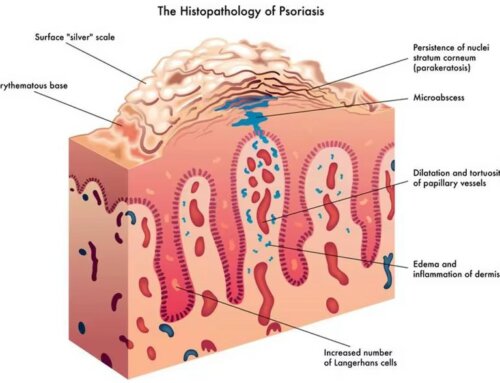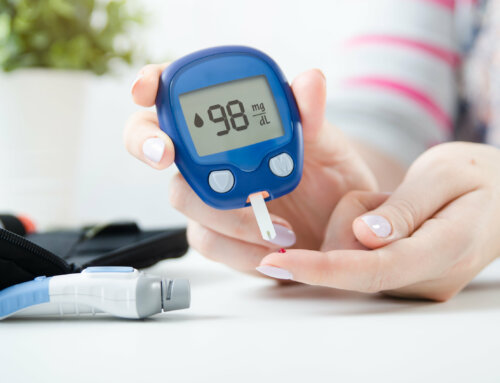As an eye doctor, I hope (and even at times, take for granted) that my diabetic patients understand the possibility of developing diabetic retinopathy. However, as a daughter to a diabetic mother who is in denial, the reality is that not every patient with diabetes, despite education, accepts this serious eyesight disease exists. The frightening reality is that according to new research by an epidemiologist (Dr. Zhang, Atlanta), some form of diabetic retinopathy is found in almost one in three diabetic patients.
An even more staggering statistic is that in the United States the number one cause of vision loss in people age 20-74 is diabetic retinopathy. It is present more in men than women and in blacks and Mexican Americans more than Caucasians. That doesn’t mean if you are a white female diabetic patient that you are any less susceptible, especially if you demonstrate other risk factors such as a higher A1C level, elevated cholesterol or lipids, and a longer duration of diabetes.
In fact, a recent study performed by a National Eye Institute (NEI) ophthalmologist, Dr. Emily Chew, showed that diabetic patients living with type 2 diabetes for roughly a decade can reduce their risk of retinopathy by maintaining strict blood sugar control and taking medications to lower blood levels of cholesterol and other fats. Dr. Chew and other researchers found that there was a 33 percent less likelihood that type 2 diabetic patients who aggressively reduced their blood sugar over a four-year period would develop retinopathy. An ideal level of long-term blood sugar control or Hemoglobin A1C is 6.5 or lower.
The same study demonstrated that type 2 diabetics who were treated with a drug combination of cholesterol-lowering medication, Simvastatin, and lipid-lowering medication, Fenofibrate, were 40 percent less likely to develop retinopathy over four years as compared to those receiving Simvastatin alone. The thought process is that this will lower diabetic patients’ cardiovascular risk and possibly the underlying biological process under which retinopathy develops.
This supports a hopeful upcoming trend of preventative medicine. Why should we wait for retinopathy to develop? Treating diabetic retinopathy can involve more invasive methods such as steroid injection, laser procedures and even intraocular surgery. Keeping along the lines of cardiovascular health, it is well known and supported by previous research and studies that having well controlled blood pressure (whether through exercise, diet or medication) also lessens the risk of diabetic retinopathy.
I wish I could say that all diabetic patients that follow these recommendations will not develop retinopathy but as in any type of medicine there are no guarantees. Some of those unfortunate patients who adopt or adhere to the above advice may still succumb to retinopathy.
If you have diabetes and you are not currently following a regimen as described above, at least have a discussion with your primary care physician or endocrinologist to see if it is safe and if you would benefit from such preventative treatment.
Either way, during your next dilated eye exam, which should be at least annually or more frequent depending on any amount of retinopathy, be prepared to answer questions regarding your Hemoglobin A1C level, your cholesterol and lipids/triglycerides and finally your blood pressure. I don’t know if my mother would be prepared despite my plea (I may be an eye doctor, but she still thinks she knows better as the parent) but I expect now, you will be!
NOTE: Consult your doctor first to make sure my recommendations fit your special health needs.











Leave A Comment